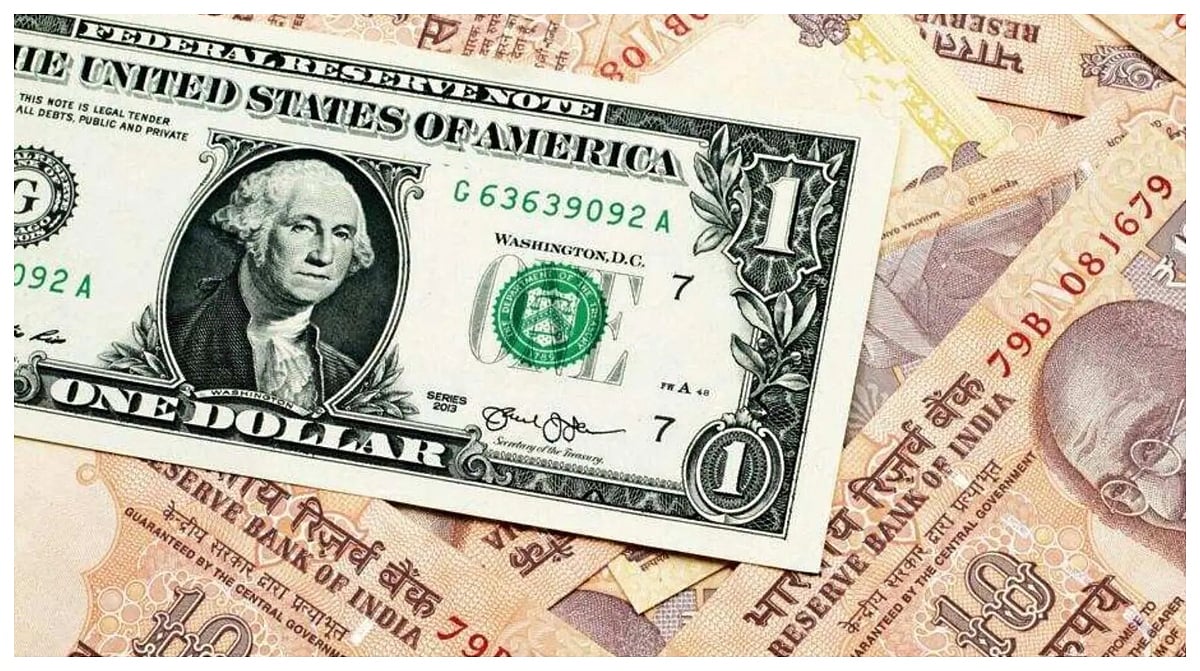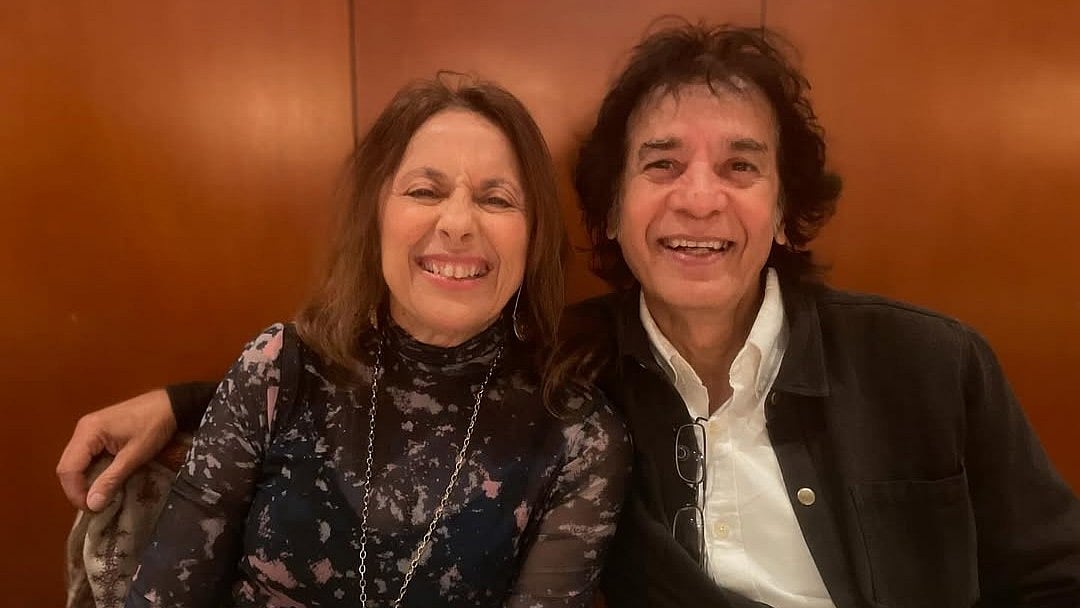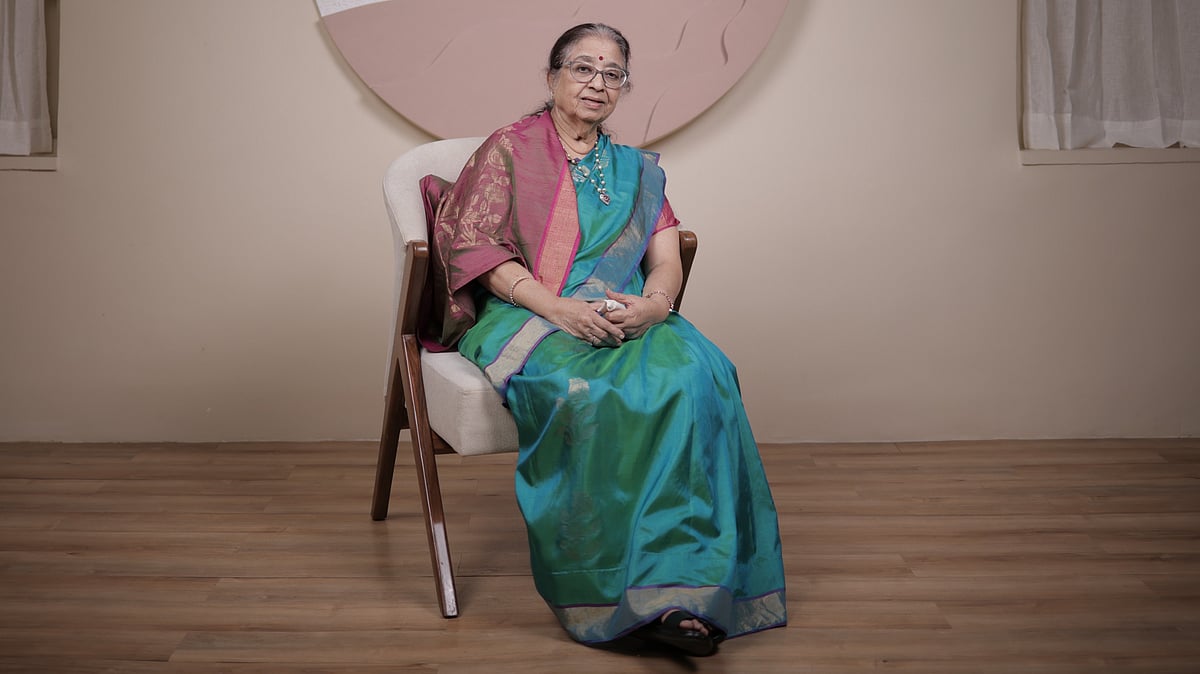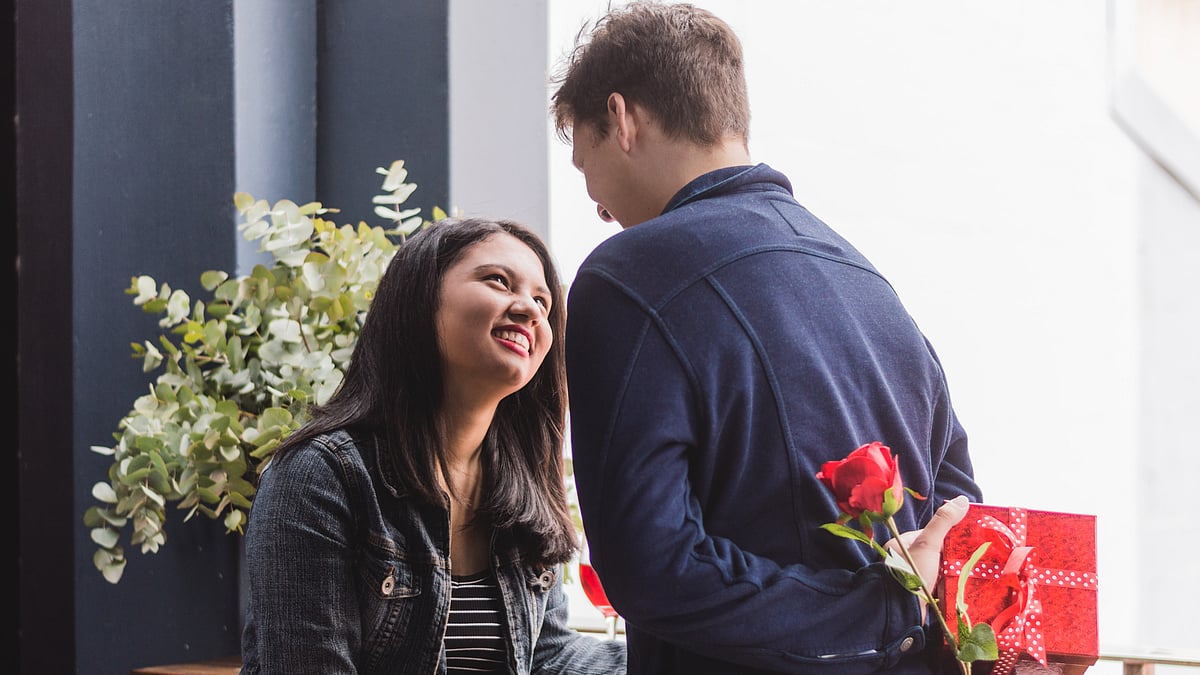Hair! In the right place can cause envy, in the wrong place – an embarrassment. While men spend a lot of money to find cure for hair loss, women (and now men too) spend an equal amount in trying to get rid of it from the rest of the body. When it comes to understanding what your hair is, it’s a lot more complicated than you might think. Let’s start with the basics: Your hair grows from a root, located in the bottom of the hair follicle, which is made up of cells of protein. This protein, also known as keratin, makes up both your hair and nails and is also a main protein in your skin. Yes, you read that right — your hair is made of protein!
Hair grows out of little pockets in your skin, called follicles. Here is how it happens. Your hair begins growing from a root in the bottom of the follicle. The root is made up of cells of protein. Blood from the blood vessels in your scalp feeds the root, which creates more cells and makes the hair grow. The hair gets pushed up through the skin as it grows, passing an oil gland along the way. The oil gland adds oil to the hair and keeps it shiny and soft. It can make it greasy, too. That’s why you need to wash your hair. The hair dies by the time it is long enough to poke out through the skin. Yes, hair is dead. That’s why it doesn’t hurt to get a haircut. Hair on the rest of your body goes through this same process, but the whole cycle only lasts for a month or so. That’s why body hair does not grow very long in length like the hair on your head does.
Here are some facts about follicles and your hair:
· You are born with all of the follicles you will ever have — about 5 million.
· You have about 100,000 follicles on your scalp, which is the skin on your head.
· Hair grows very fast and male hair grows faster than female hair. The hair on your head grows about 6 inches a year. So, even though it’s one of the fastest-growing things on your body, it takes a while to grow it really long.
· Some follicles stop growing hair as you get older. This happens more in some people than in others. That's why some people get thinner hair when they get older or go bald.
Balding or hair loss is a condition called Alopecia. It can affect just your scalp or your entire body, and it can be temporary or permanent. It can be the result of heredity, hormonal changes, medical, psychological or environmental conditions, or a normal part of aging. Anyone can lose hair on their head, but it’s more common in men. The detailed treatment for alopecia is beyond the scope of this article and therefore given on website www.artofselfhealing.in.
Baldness typically refers to excessive hair loss from your scalp. Hereditary hair loss with age is the most common cause of baldness. People typically lose 50 to 100 hairs a day. This usually isn’t noticeable because new hair is growing in at the same time. Hair loss occurs when new hair doesn’t replace the hair that has fallen out. With about 100,000 hairs on your head, that small loss isn’t noticeable. It’s impossible to count the amount of hair lost on a given day.
You may be losing more hair than is normal if you notice a large amount of hair in the drain after washing your hair or clumps of hair in your brush. You might also notice thinning patches of hair or baldness. If you notice that you’re losing more hair than usual, you should discuss the problem with your doctor. They can determine the underlying cause of your hair loss and suggest appropriate treatment plans.
Hair loss is typically related to one or more of the following factors:
· Family history (heredity) – The most common cause of hair loss is a hereditary condition that happens with ageing. This condition is called androgenic alopecia. It usually occurs gradually and in predictable patterns — a receding hairline and bald spots in men and thinning hair along the crown of the scalp in women.
· Hormonal changes and medical conditions – A variety of conditions can cause permanent or temporary hair loss, including hormonal changes due to pregnancy, childbirth, menopause and thyroid problems. Medical conditions include alopecia areata, which is immune system related and causes patchy hair loss, scalp infections such as ringworm, and a hair-pulling disorder called trichotillomania.
· Medications and supplements – Hair loss can be a side effect of certain drugs, such as those used for cancer, arthritis, depression, heart problems, gout and high blood pressure.
· Radiation therapy to the head – The hair may not grow back the same as it was before.
· A very stressful event – Many people experience a general thinning of hair several months after a physical or emotional shock. This type of hair loss is temporary.
· Hairstyles and treatments – Excessive hairstyling or hairstyles that pull your hair tight, such as pigtails or cornrows, can cause a type of hair loss called traction alopecia. Hot-oil hair treatments and permanents also can cause hair to fall out. If scarring occurs, hair loss could be permanent.
Hair is sensitive to changes in the environment, diet, and overall health. Identifying these changes and resorting to the wisdom of Ayurveda acupressure to maintain their good health is necessary.
We discuss some of the most common hair problems, their causes, symptoms, and Ayurvedic solutions:
Yoga and pranayama: They help flush out toxins from your body and reduce stress levels. Also, yoga stimulates blood supply in the scalp that makes hair stronger and shinier.
Follow a healthy diet: It is necessary to provide nutrients to your hair by including vitamins like A, B, C, K, D, and minerals like zinc. A diet that lacks vitamins and minerals required for hair growth, adversely affects the texture and type of the hair, which results in dry and damaged hair.
Wash and condition your hair naturally: Apply hair masks using aloe vera, hibiscus flowers, honey, yogurt any of the herbs or natural products that condition your hair and provide moisture to it. Over washing the hair strips the natural oil from the scalp and makes hair dry and frizzy. Hard water soaks up the natural oil from the hair and leaves hair dry and brittle. The compounds present in hard water do not allow the shampoo to work on your hair.
Regular trimming: Getting regular trims is a necessity to eliminate split ends and reduce hair breakage.
Scalp massage: Massage your scalp with an essential oil and castor oil to stimulate blood circulation in the roots and provide nourishment to the hair. Your hair gets its nutrition from the blood that circulates in the scalp. Lack of blood circulation weakens the hair roots and causes brittle hair.
Ayurvedic herbs: You can use herbs like Shikakai, Reetha, Triphala, and Kalonji to wash your hair. Also, you can treat greasy hair by applying a hair mask made from herbs like Kumari, Amla, Ganji, Henna, and Thyme.
Don’t take stress: Stress imbalances dosha levels and causes hair thinning.
Last word: Avoid over-brushing your hair. Reduce the use of hair products that contain harmful chemicals. Don’t rub your hair with a towel. Avoid overexposure to the sun. Don’t comb wet hair. It leads to hair fall. Don't tie your hair too tight. Don't over condition your hair as it causes product buildup. Avoid colouring, bleaching, curling, and straightening your hair as these procedures weaken the hair.
Pressure points for treating hair fall: L MM 5 Branch Normal flow 5, 6, 0 ↑, 1, 2, 0 ↓

Colour therapy for hair fall and dandruff:

Pressure points for hair fall and greying hair: UB 54 ↑ and St 349 ↓

Pasting a Cluster magnet on the pressure point, SK 3, which is on the bone of feet (refer to the image below) treats the head area wrinkles, scalp dryness or oiliness, hair root and follicles, their glaze and growth and skin degeneration could be checked, by chakra system.
(The Free Press Journal along with the Lions Club of Mumbai ACTION would like to guide people on how to treat self through non-invasive, therapies like Sujok, Ayurvedic Acupressure and Mudra Yoga. This is complementary and will not override the treatment given by doctor. Please share your problems by writing to us at features@fpj.co.in; lionsclubofaction@gmail.com. You can also share the problem on WhatsApp at 9323178565.)










